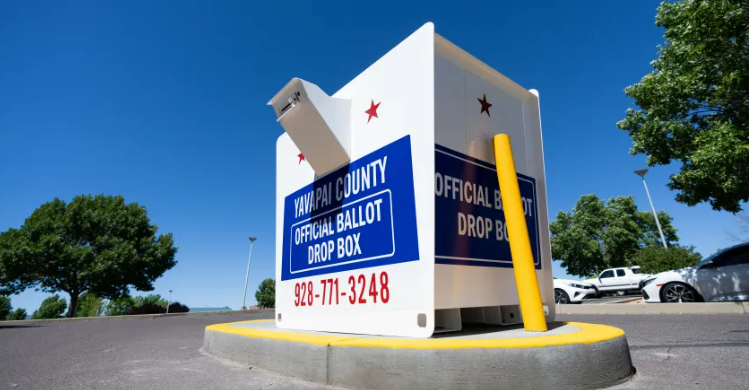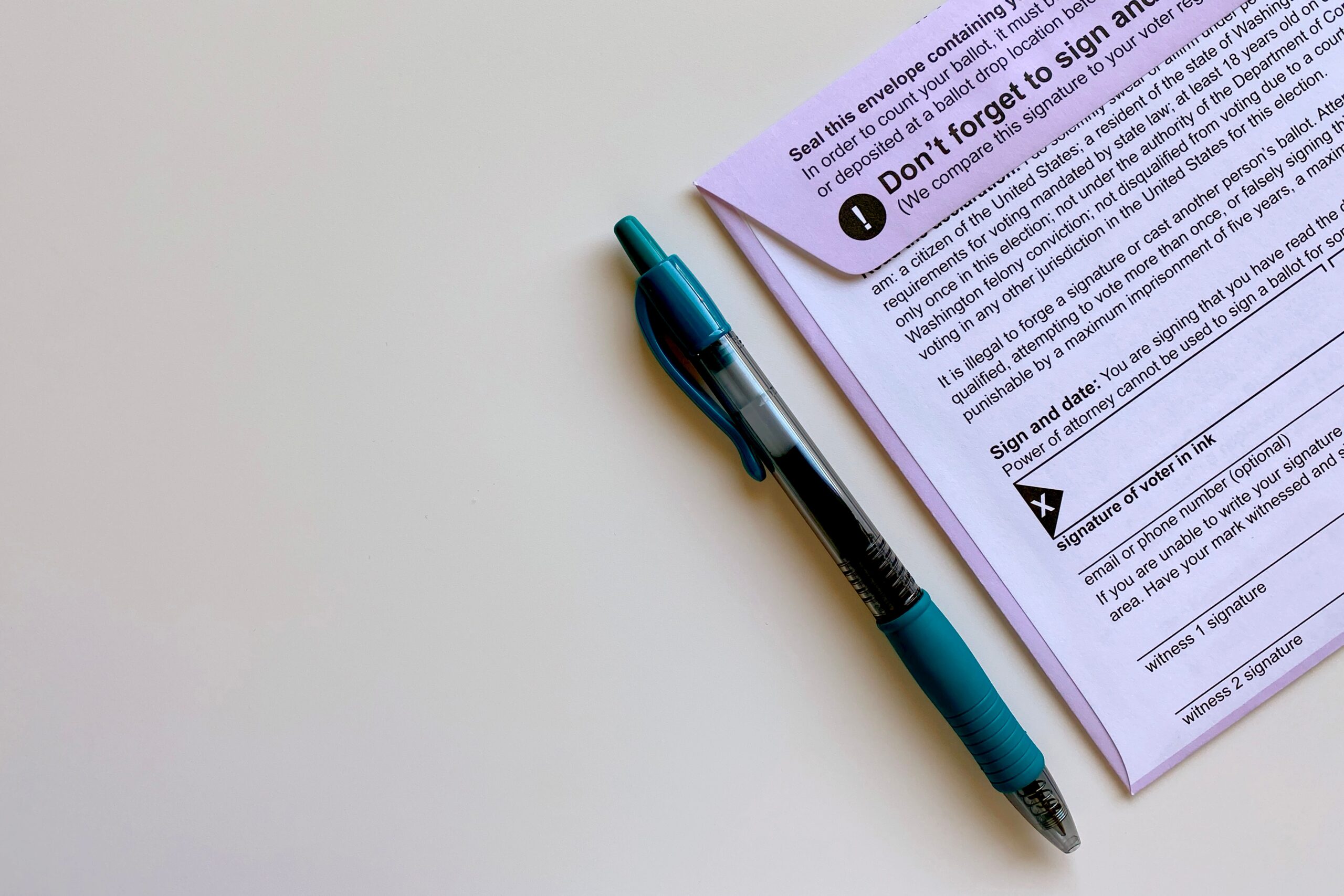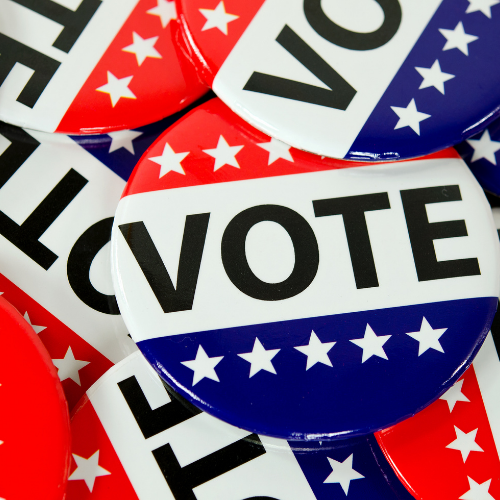Evaluating Mail-Based Security for Electoral Processes Using Attack Trees
Since the reports of Russian interference in the 2016 United States General Election, the security of voting processes has received increased attention from both state and federal authorities. The declaration by the U.S. Department of Homeland Security in January 2017 that election systems be classified as the seventeenth component of critical infrastructure is just the beginning of a need for more secure voting processes. More recently, the COVID-19 pandemic and the 2020 U.S. General Election has placed greater emphasis specifically on mail-based voting processes for electoral systems. The objective of this research is to provide greater insight into potential threats to mail-based voting processes.
Mail Ballot Security Features: A Primer
(Brennan Center) — Jurisdictions across the country have a range of security features to protect mail ballots from misconduct. Because of the Covid-19 pandemic, Americans are using mail ballots in record numbers this year. Fortunately, the use of mail ballots is not a newfangled idea; it was already deeply embedded in the American electoral system before the coronavirus hit.
Signature Verification and Mail Ballots: Guarantee Access and Preserve Integrity
When voters cast ballots by mail, election officials need a method to verify their identity to ensure the integrity of the election. In many states, including California, county officials use signature verification, a process by which election officials compare the signature on a vote-by-mail (VBM) ballot return ID envelope to the signatures in a voter’s registration file. If the signatures are sufficiently similar, the ballot is accepted and counted—if not, it is set aside for election officials to review further and attempt to verify the voter’s identity.
California has been a leader among states in expanding options and facilitating vote-by-mail. With statewide implementation of the Voter’s Choice Act (SB 450) slated for 2022, all California voters will be given the option to vote at home and send their ballot in by mail. Increased adoption of this practice has brought state and national attention to all aspects of the vote-by-mail process, including signature verification. Small variations in these practices can decide close races.
The purpose of this study is to understand how California counties manage two related electoral processes: (1) verifying signatures on vote-by-mail ballot return ID envelopes and (2) notifying voters whose signatures were rejected and providing a process to allow voters to remedy this rejection. The latter process encompasses requirements mandated by recent California legislation entitled the Every Vote Counts Act (EVCA), SB 759.
We hope making this information accessible to election officials and the general public will raise awareness of how vote-by-mail ballots are processed in California. We also hope that, as a result, policymakers in California and elsewhere will gain a better understanding of how counties are performing these key electoral functions. Based on this study’s findings, we provide a set of recommendations directed to county election officials, the California Secretary of State’s Office, and to voters themselves to improve these processes and to ensure that, indeed, every vote is counted.
This report is the product of both quantitative analysis and qualitative interviews. To assess the effects of different signature verification processes on vote-by-mail rejection rates, we gathered and analyzed historical voting data for all California counties from 2004 through 2018 from the Election Administration and Voter Survey (EAVS). The bulk of our study, however, grows out of interviews with several national election administration experts and with election officials from thirty-three of California’s fifty-eight counties. While county procedures are identified, quotes are not attributed to individual county officials to preserve confidentiality. Together, the 33 California counties we surveyed represent over 32 million people—more than 80% of the state’s population.
Debunking the Myth of Voter Fraud in Mail Ballots: April, 2020 Report
Are mail-in voting systems actually more prone to fraud? Fortunately, this is an empirical question that academics, think tanks, state governments, and the White House itself has studied over time. We draw from this body of work to address a simple question: is there a heightened risk of fraud with voting by mail, and what risk there is, is it greater than the public health risks associated with having voters show up to vote in person? Decades of data, research, and findings suggest vote-by-mail is safe, secure, and will not lead to greater fraud risks.
Authored By: UCLA Voting Rights Project, University of New Mexico Center for Social Policy, and the Union of Concerned Scientists.





